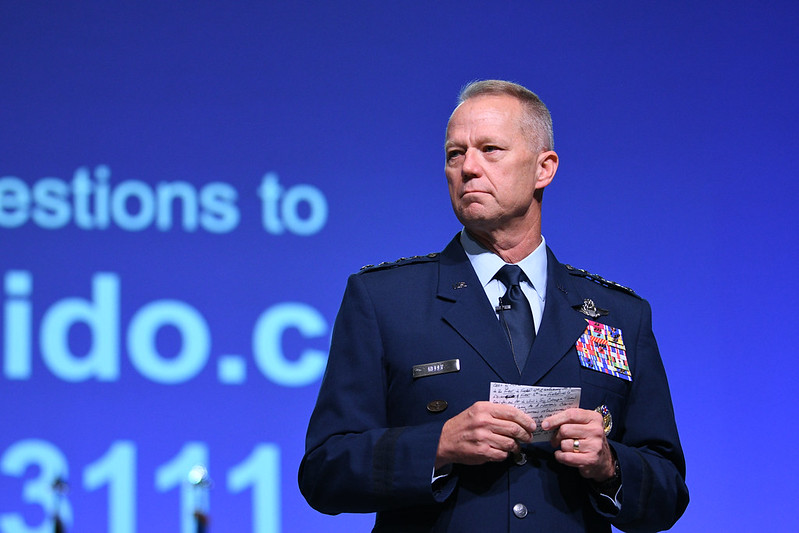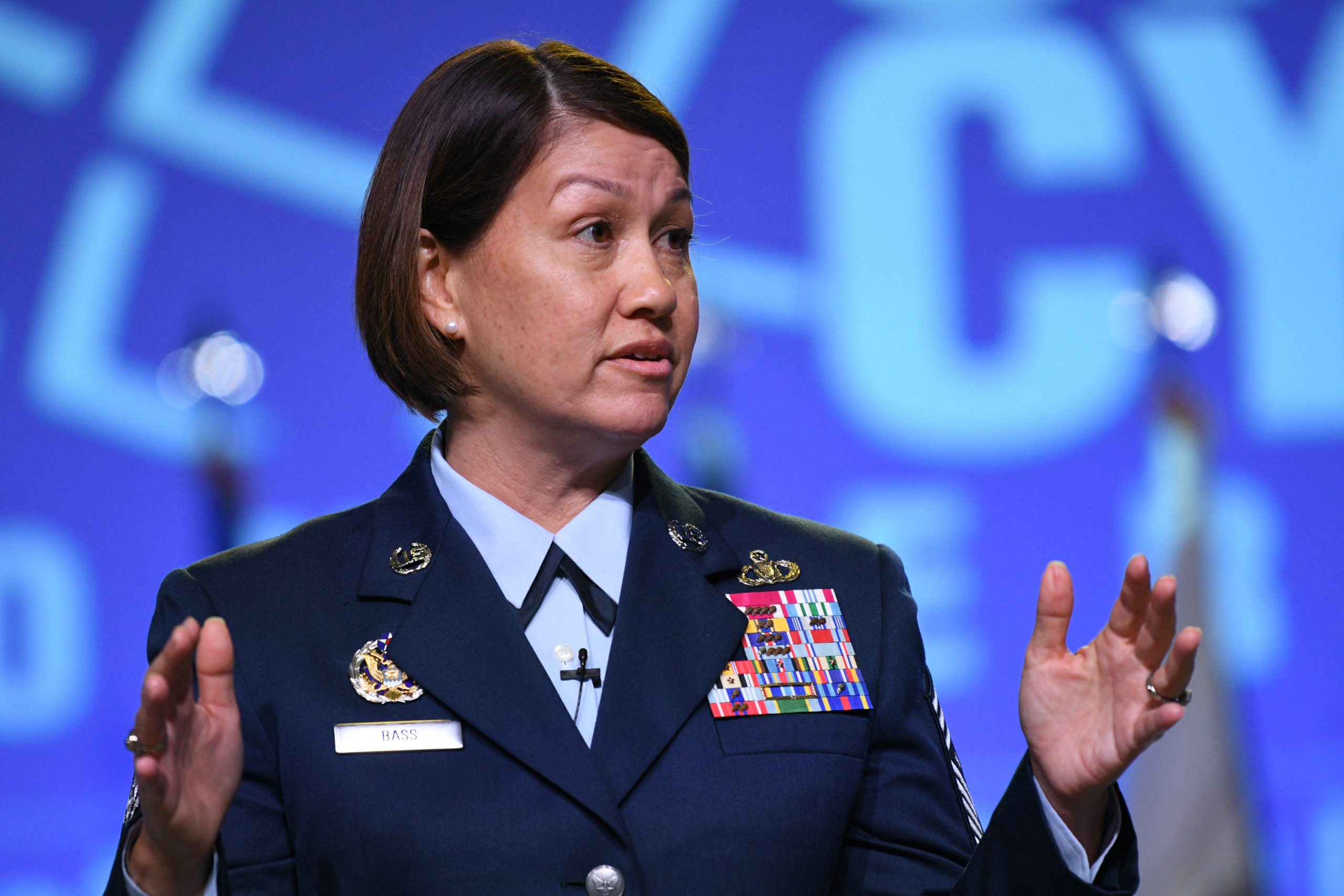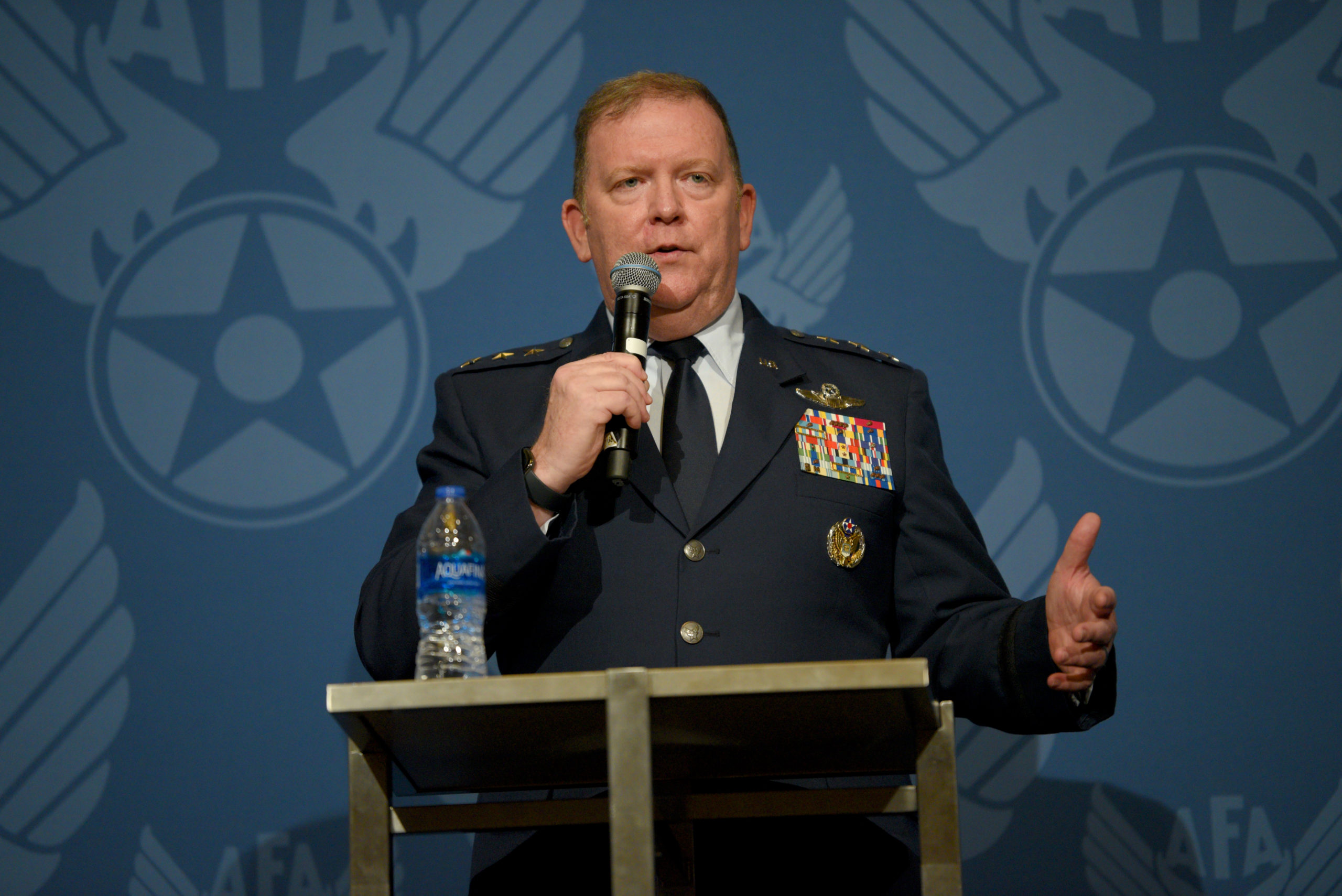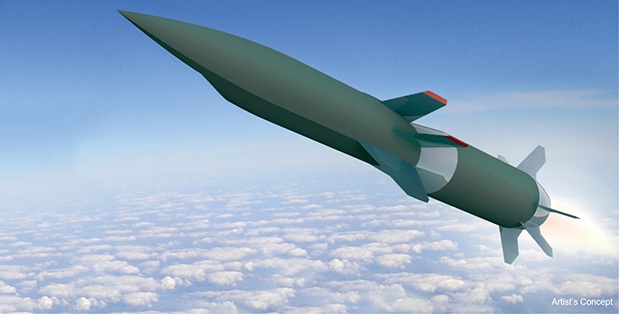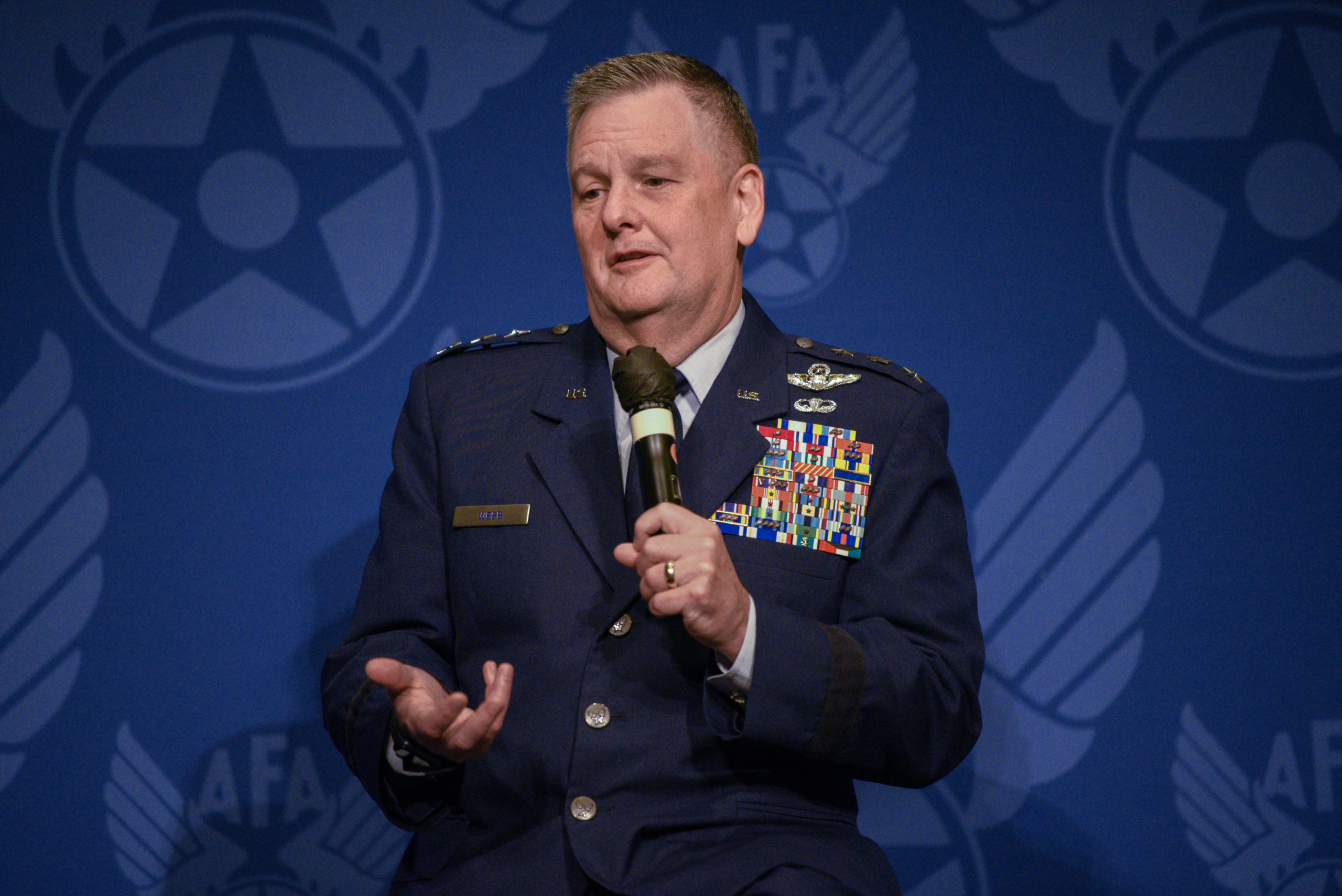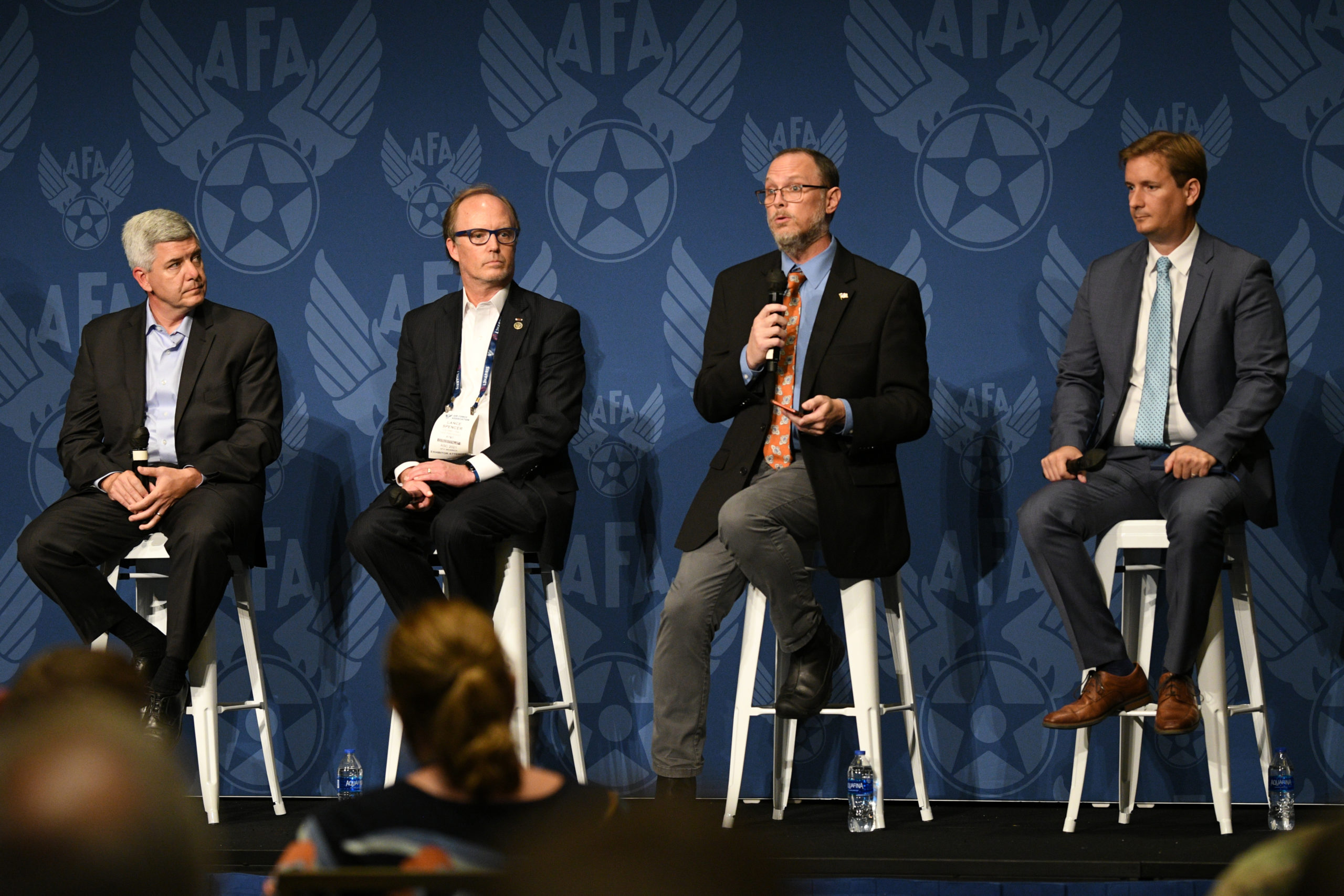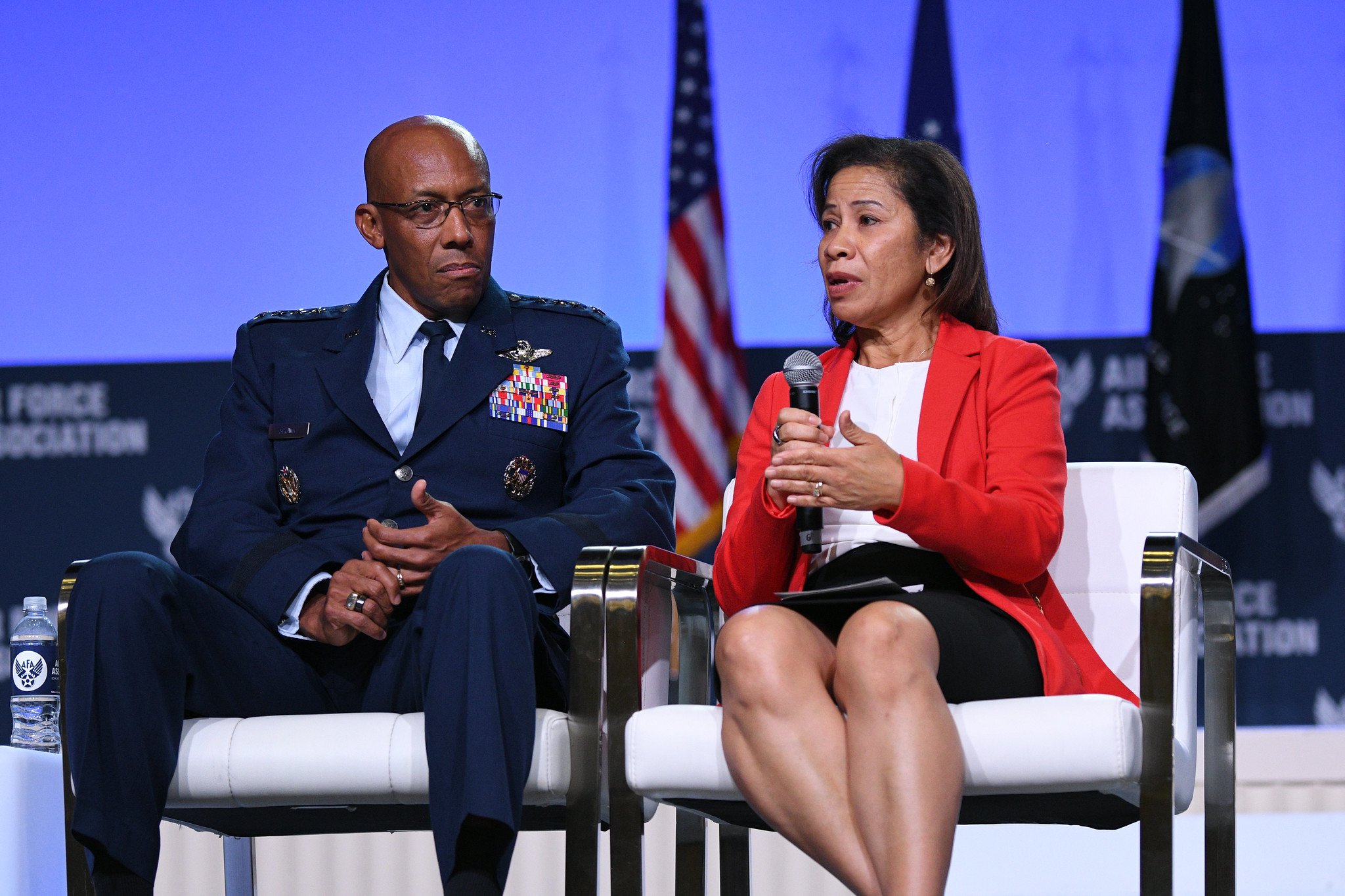Air Combat Command’s Gen. Mark D. Kelly told attendees at AFA’s Air, Space & Cyber conference the U.S. is in real peril of losing a potential war with China if the Air Force cannot shed obsolete gear and rapidly regain a solid advantage in control of the air.
“We have to focus our fighter force to the basic realities of a new threat environment,” Kelly said. “And that requires the fighter force to change to be successful.” Kelly said the joint force “requires air superiority” and doesn’t know how to fight or function without it—so this mission area should get priority for resources.
If you missed his speech last week, catch up now or read Air Force Magazine’s coverage of the event.
